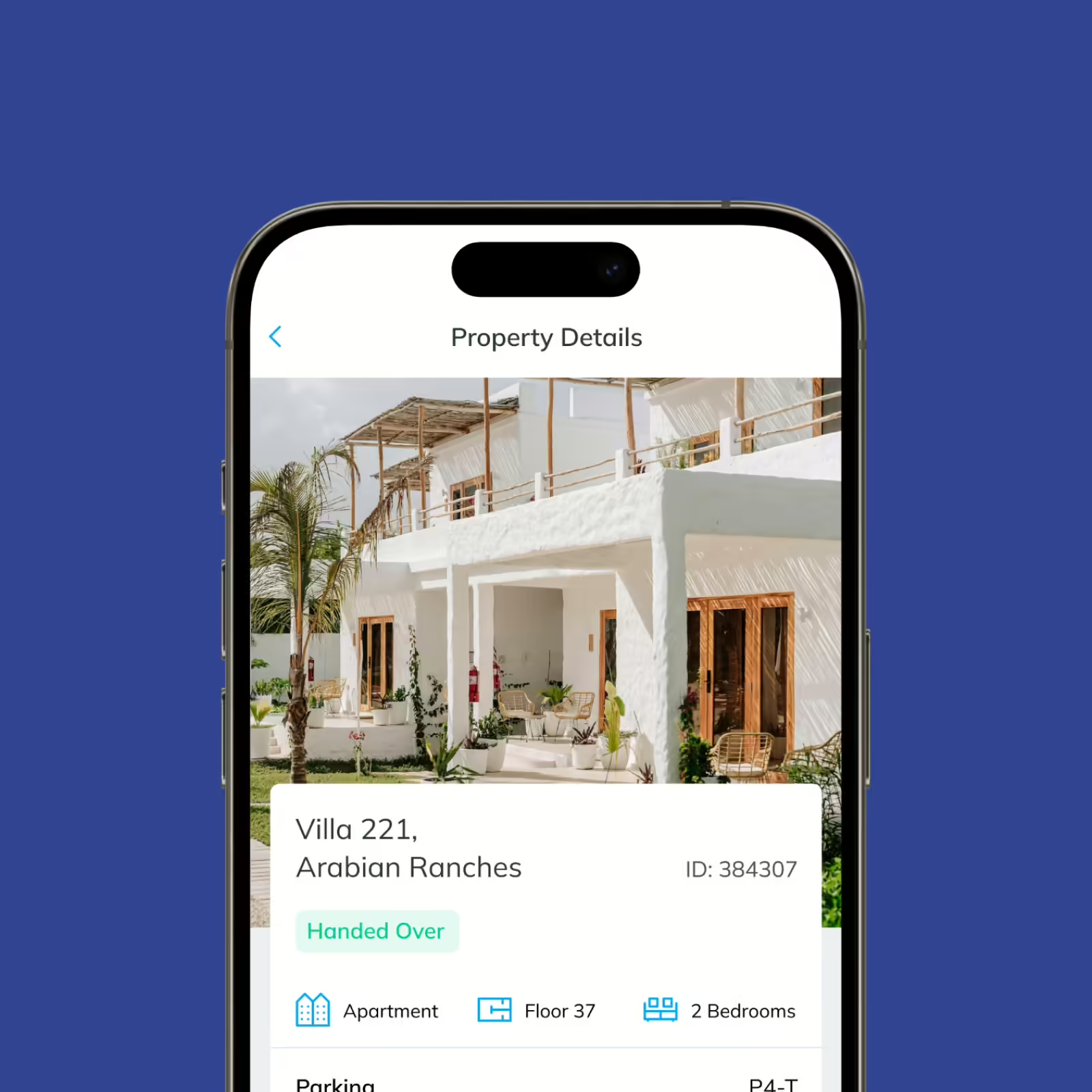What is
UX research?
In today’s rapidly evolving digital landscape, understanding your audience is not just an advantage; it’s a necessity. At NetBramha, our Research Services are tailored to empower your business by providing unparalleled insights into your users. Our commitment to research goes beyond mere data collection; we strive to uncover the core motivations, desires, and pain points of your target audience.
The Power of Data-Driven Decision Making
In a world flooded with information, making sense of data can be overwhelming. Our Research Services offer a clear path through the data jungle. We employ a wide range of cutting-edge methodologies, from quantitative research to heuristic evaluations, to gather and interpret data effectively.
Our goal is to empower you with actionable insights that lead to data-driven decision-making. By understanding your users at a profound level, you can make informed choices that resonate with your audience and drive business growth.

Unlocking User Behaviors for Innovation
User behaviors are at the heart of every successful digital product or service. We believe that innovation thrives when it’s rooted in an in-depth understanding of user behaviors. Our research methodologies delve deep into the intricacies of user interactions with your products, helping you identify patterns and opportunities for improvement.
Through rigorous user testing, we uncover pain points and areas of delight in your offerings. This knowledge becomes the foundation upon which you can build innovative solutions that truly resonate with your audience.
Validating Hypotheses for Informed Development
Innovation often begins with a hypothesis, but true progress is made when these hypotheses are rigorously tested. Our Research Services are designed to validate your assumptions and hypotheses. We subject your ideas to real-world scrutiny, ensuring that your development efforts are focused on concepts with the most potential.
By validating hypotheses early in the development cycle, we help you save time and resources, avoiding costly missteps. This is the essence of an agile and efficient development process.
Crafting Customer-Centric Designs
In the competitive digital landscape, customer-centric design is not just an aspiration; it’s a requirement. Our Research Services guide you in creating designs that prioritize the needs and preferences of your customers.
We believe that design should go beyond aesthetics; it should enhance functionality, usability, and overall satisfaction. By deeply understanding your users, we ensure that your designs are not only visually appealing but also highly effective in meeting their needs.
In conclusion
Our Research Services are not just about data collection; they are about empowering your business to make informed decisions, innovate with confidence, and create customer-centric designs that drive success.
In a digital landscape where competition is fierce and user expectations are higher than ever, research is the compass that guides you to success. Let us be your research partner, helping you navigate the complexities of the digital world and achieve your business goals.
Join us on this journey of discovery, where data becomes insights, hypotheses become certainties, and designs become experiences that captivate your audience.
At NetBramha, we are committed to empowering businesses through research services that unlock the full potential of their digital solutions. Let’s embark on this transformative journey together.
UX Research
methods

Quantitative research
Numbers never lie. And that’s why the first UX research technique we employ is the quantitative research method. In this UX research methodology, UX researchers evaluate user behaviors & aptitudes through numerical/statistical evidence.
How is it done?
Qualitative research
Understanding the complex human psyche needs more than just numbers. Qualitative research is where we deep dive into the “why” of the user behavior through keen observation of users in their environments & contexts. This is where we unearth the human angle of data (extracted in the quantitative research phase).
How is it done?
Heuristic evaluation
In simple words, heuristic means “I find/discover”. A heuristic evaluation is the process where usability experts (including designers) test the usability of a platform – be it website or an app. This step in the UX research process enables designers to get an expert review & outlook about an existing design or prototype.
How is it done?
Usability testing
While a heuristic evaluation is done by a usability expert, the usability testing is where user groups themselves test the website/app/software to gauge how user-friendly it is. Here, a small group of target users are selected to look for usability errors, ease of use, & ability of the platform to land on user expectations.
How is it done?
Competitor analysis
Competitor analysis in UX research is a critical step in analyzing the existing landscape of solutions available to your target users through a detailed analysis of functionalities, features, flows, (& feelings) offered by your competitors. These insights can then be strategically employed to create a more fulfilling & superior experience for your users.
How is it done?
Ethnographic research
Ethnographic research in the UX research process brings UX researchers into the real-life environment of the users (aka, the field), in order to remove any glaring holes or blind spots in our understanding of the users’ needs & behaviors. Ethnographic research aims to provide a more holistic & contextual view of your users where UX researchers immerse themselves completely in the users’ natural environment.
How is it done?









